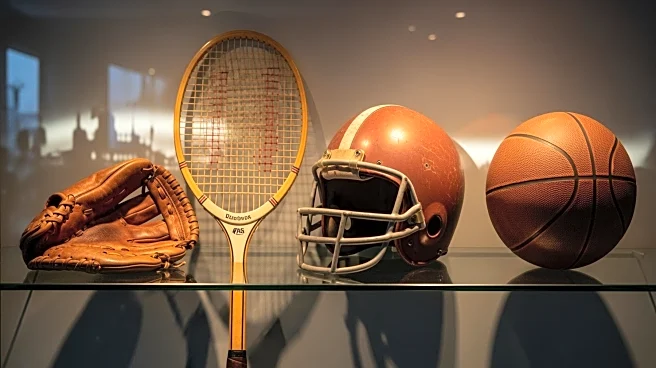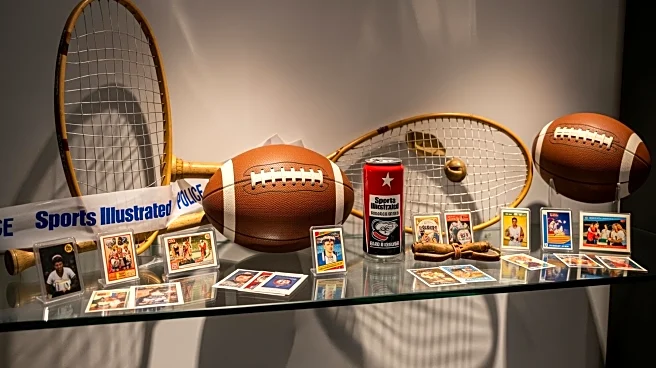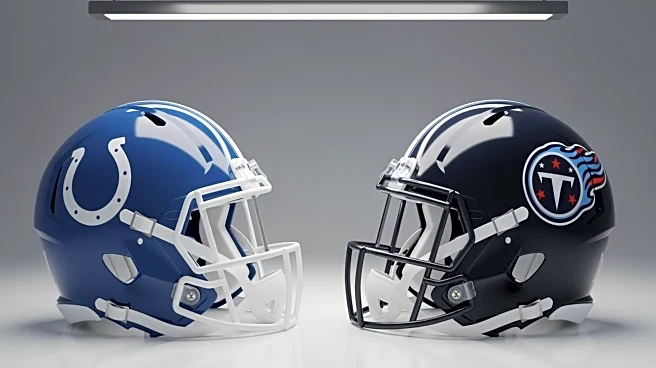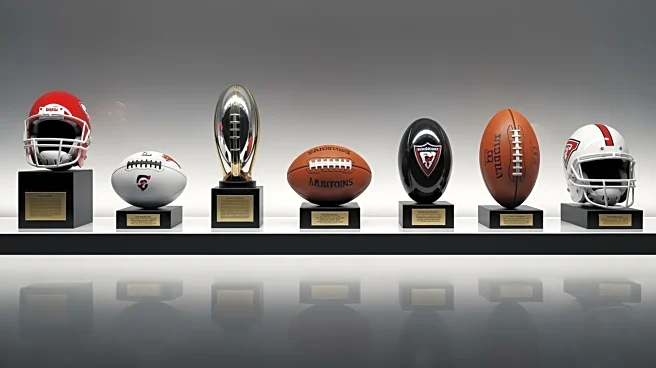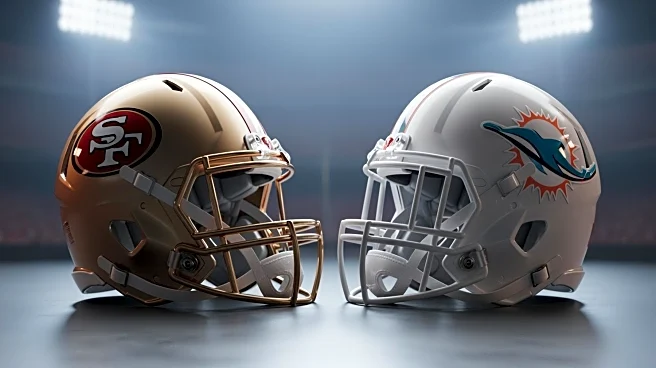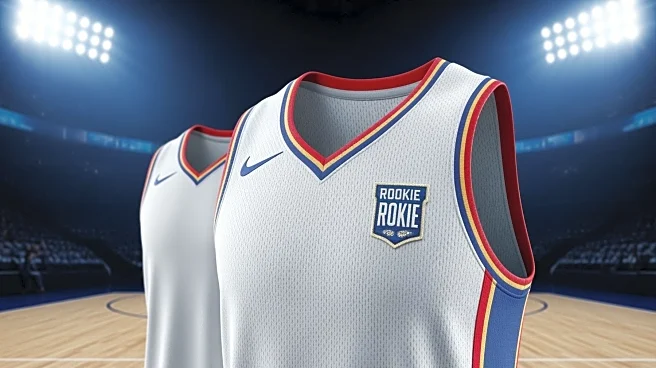What's Happening?
Sports Illustrated, a long-standing icon in sports journalism, is experiencing a surge in collectability. The magazine, which has been a staple in sports culture for over 70 years, is now being recognized not just for its content but also as a collectible
item. The first issue, published on August 16, 1954, featuring Milwaukee Braves slugger Eddie Mathews, is particularly sought after. This issue marked a significant shift in sports coverage, elevating it to the same level of journalistic depth as politics and finance. The magazine's early issues, especially those with gatefold inserts of Topps baseball cards, have become valuable collectibles. The rarity of these issues, especially in pristine condition, adds to their allure among collectors.
Why It's Important?
The growing interest in Sports Illustrated as a collectible highlights the intersection of sports, media, and memorabilia. This trend reflects a broader cultural appreciation for sports history and its documentation. Collectors are not only interested in the magazine's content but also in its historical significance and the nostalgia it evokes. The first issue, in particular, is seen as a foundational piece in sports-media collecting, akin to Action Comics #1 in the comic book world. This surge in collectability could influence the market for sports memorabilia, potentially increasing the value of related items such as autographs and game-used memorabilia.
What's Next?
As interest in Sports Illustrated collectibles grows, the market may see increased activity in auctions and private sales. Collectors might focus on acquiring high-grade copies of early issues, particularly those with autographs. The magazine's historical significance and the stories it has covered could lead to further exploration of its impact on sports culture. Additionally, the trend may inspire other sports publications to explore their own history and potential as collectibles.
Beyond the Headlines
The rise in Sports Illustrated's collectability underscores the cultural importance of sports journalism in shaping public perception and memory. It highlights how media can transcend its original purpose to become a part of cultural heritage. This development also raises questions about the preservation of media artifacts and their role in documenting history. As digital media continues to evolve, the value of physical copies of influential publications like Sports Illustrated may continue to rise.
